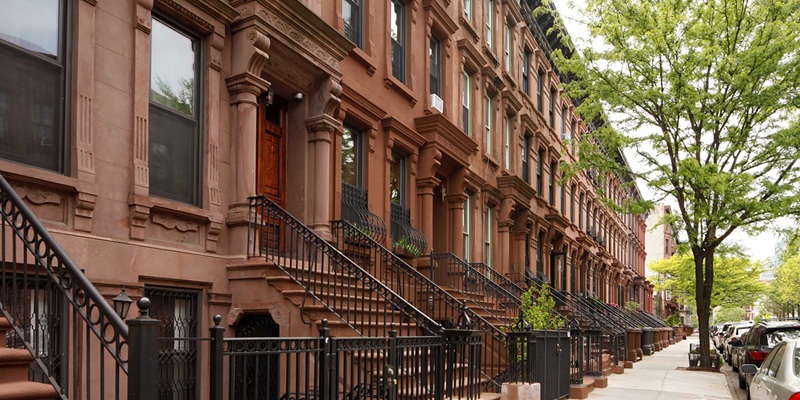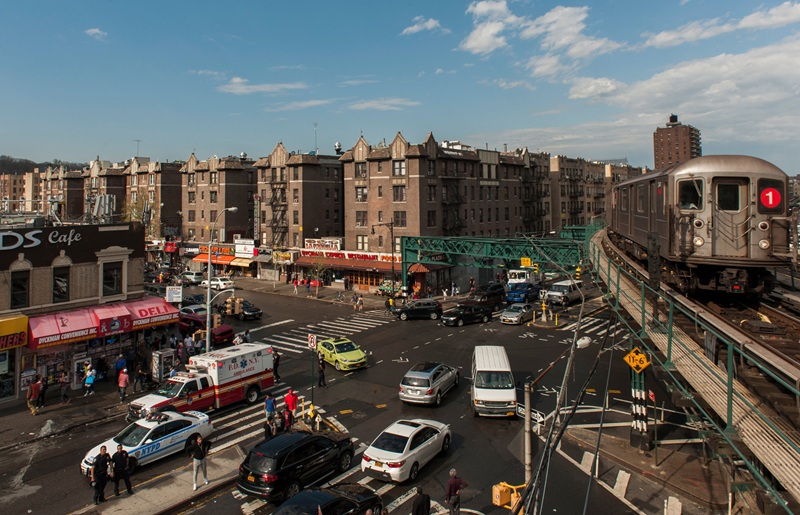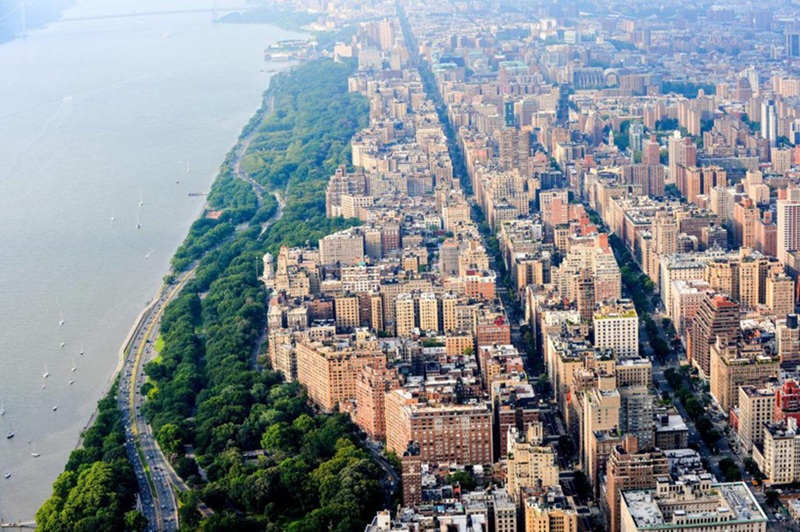
Located in the heart of Manhattan, Central Harlem is one of New York City’s most iconic neighborhoods. Known for its rich African American cultural heritage, deep-rooted history, and artistic vibrancy, Central Harlem has undergone significant transformations over the years, evolving from a historically underserved area into one of the most dynamic neighborhoods in the city. This area offers a compelling blend of tradition, culture, and modern urban living, all while maintaining a strong sense of community.
1. A Rich History: The Birth of Harlem’s Cultural Identity
Harlem’s history dates back to the 17th century when it was first settled by the Dutch and later became part of the city of New York. By the late 19th and early 20th centuries, the neighborhood began to emerge as a cultural center for African Americans. Central Harlem, specifically, became the epicenter of the Harlem Renaissance, a flourishing of African American art, literature, music, and intellectualism during the 1920s.
During this period, Harlem became home to influential figures like Langston Hughes, Zora Neale Hurston, and Duke Ellington, who contributed to the cultural boom that reverberated across the nation. Central Harlem’s historic 125th Street, also known as the “Main Street of Harlem,” became the site of jazz clubs, theaters, bookstores, and cafes, establishing the neighborhood as a beacon of Black culture and creativity.
The Harlem Renaissance set the stage for Harlem’s lasting identity as a cultural and political hub for African Americans, which continues to influence the neighborhood today.
2. The Changing Demographics and Gentrification
Throughout the 20th century, Harlem experienced periods of economic decline, particularly in the post-World War II era. By the mid-1900s, the neighborhood had fallen into disrepair due to urban disinvestment, and many buildings were abandoned or poorly maintained. For decades, Central Harlem was known for its challenges with crime, unemployment, and poverty.
However, in the last few decades, Central Harlem has experienced an ongoing process of gentrification, transforming from an area characterized by blight into a highly sought-after neighborhood. As younger professionals, artists, and families move into the area, new restaurants, bars, cafes, and boutiques have opened along iconic streets like 125th Street, Malcolm X Boulevard, and Frederick Douglass Boulevard.
This influx of new residents and businesses has raised concerns about displacement and the potential loss of Harlem’s cultural identity. Longtime residents, many of whom are African American, worry that rising property values and rents could force them out of the neighborhood. Despite these challenges, Central Harlem remains a vital part of New York City’s cultural landscape, balancing its historic legacy with modern development.
3. The Cultural Heartbeat of Harlem: Music, Art, and Theater
One of the defining characteristics of Central Harlem is its rich cultural scene. Harlem is still the beating heart of African American culture in New York City, and Central Harlem is home to many institutions that celebrate the legacy and continuing contributions of African American artists, musicians, and performers.
The neighborhood boasts several cultural landmarks, such as the Apollo Theater, a world-famous venue that has launched the careers of countless legendary musicians, including Aretha Franklin, James Brown, and Michael Jackson. The Apollo remains a popular destination for live music performances, talent shows, and cultural events.
Another key institution is the Studio Museum in Harlem, which showcases contemporary art by African American artists and promotes discussions about race, identity, and culture. The museum’s exhibits provide a window into Harlem’s artistic legacy and its continuing role in shaping American culture.
Harlem’s jazz scene also continues to thrive, with famous venues like Minton’s Playhouse and Ginny’s Supper Club offering a place to hear live performances from both local talent and internationally renowned musicians. Harlem’s role as a birthplace of jazz and other music genres is still very much alive in the 21st century.
4. Dining and Culinary Scene: A Taste of Harlem’s Flavor
Harlem’s dining scene is one of the neighborhood’s most exciting aspects, reflecting both its deep-rooted African American heritage and the modern influences of gentrification. Central Harlem is known for its soul food, with beloved restaurants like Sylvia’s and Melba’s offering classic dishes such as fried chicken, cornbread, collard greens, and mac and cheese.
In addition to soul food, the neighborhood has seen an influx of diverse eateries that reflect the eclectic tastes of new residents and visitors. Harlem Shake, a popular burger joint, offers a modern twist on American comfort food, while Red Rooster Harlem, a Michelin-starred restaurant by chef Marcus Samuelsson, fuses Southern, African, and Scandinavian flavors in an upscale setting.
The area’s evolving food culture blends traditional flavors with new dining experiences, making it an exciting culinary destination for both locals and tourists.
5. Landmarks and Green Spaces
Central Harlem is home to a number of historic landmarks and green spaces, offering residents and visitors opportunities to explore the area’s past and enjoy outdoor activities. Notable landmarks include the Harlem YMCA, where African American leaders and artists once gathered, and the Cotton Club, a famous nightclub that helped define Harlem’s entertainment scene during the Prohibition era.
Green spaces in Central Harlem provide a welcome retreat from city life. Marcus Garvey Park, named after the Jamaican political leader and activist, offers recreational facilities, walking paths, and a historic bandstand where free concerts and events are held during the summer months. The park serves as a gathering space for the community and offers a peaceful setting for relaxation.
The Riverside Park to the west of Harlem also provides beautiful waterfront views, jogging paths, and picnic areas, making it an ideal location for those looking to enjoy nature in the midst of the urban jungle.
6. Community and Social Impact
Harlem remains a tight-knit community, with many residents taking pride in their neighborhood’s history and cultural heritage. Local organizations, such as the Harlem Community Development Corporation and the Greater Harlem Chamber of Commerce, work to preserve the neighborhood’s African American legacy while addressing the challenges posed by gentrification and economic inequality.
At the same time, Harlem is home to a number of social justice organizations dedicated to improving the lives of residents through educational programs, job training, and affordable housing initiatives. These efforts are vital in ensuring that Harlem’s transformation is inclusive and benefits both longtime residents and newcomers.
7. The Future of Central Harlem
As Harlem continues to change, the future of Central Harlem is a topic of great interest. The neighborhood is undergoing a dynamic evolution, as old and new come together to shape its future. While challenges such as gentrification and displacement remain, the community is determined to retain its cultural identity and support its long-standing residents.
The continued development of commercial and residential spaces, along with the strengthening of cultural and social organizations, promises a future where Central Harlem can remain a beacon of African American culture while embracing its role in New York City’s modern urban fabric.
Central Harlem is a neighborhood that represents the heart and soul of New York City. With its rich history, cultural influence, and vibrant community, Harlem continues to be an integral part of the city’s identity. Whether you’re drawn to its historic landmarks, exciting music scene, diverse dining options, or dynamic community, Central Harlem offers a unique and unforgettable experience. As it continues to evolve, the neighborhood’s past and present will remain intertwined, making Harlem an essential destination in the ever-changing landscape of New York City.

